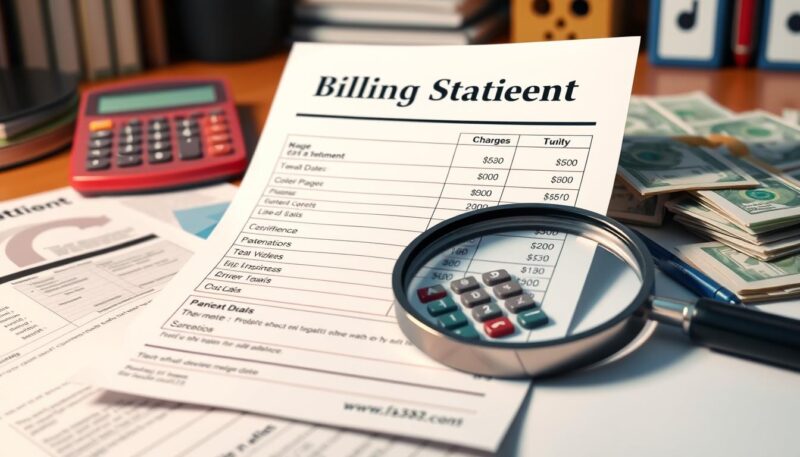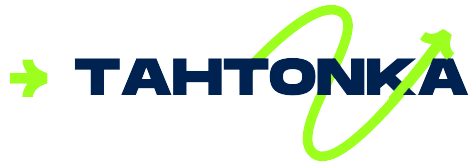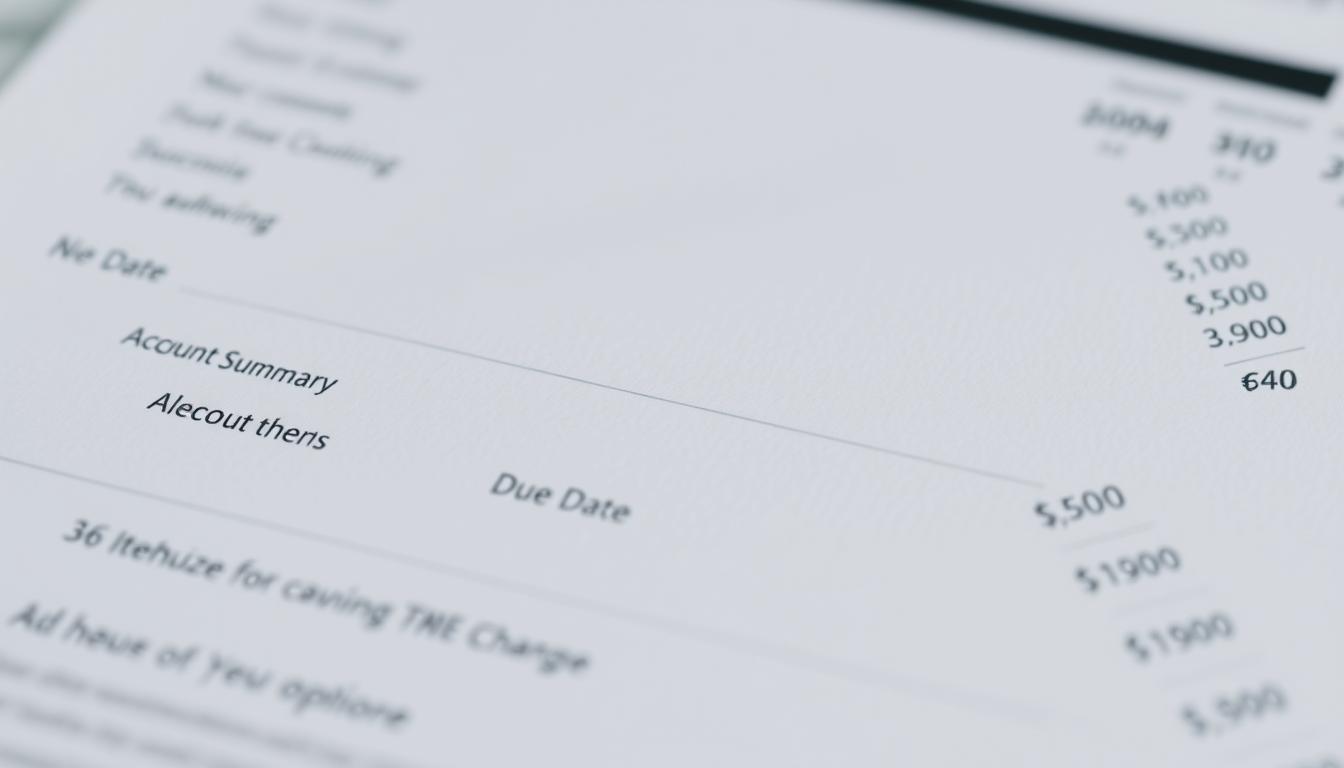A billing statement is a vital aspect of managing your finances, especially when it comes to credit cards. Understanding what is a billing statement is essential for effective financial management. Generally issued at the end of each monthly billing cycle by credit card companies, a billing statement explains all the financial activities on your account over that period. This document summarizes your purchases, payments, and any fees or interest charged, and provides a snapshot of your total balance and outstanding amounts.
Reading your billing statement is not just an administrative chore; it’s a crucial skill for staying on top of your personal finances. You get to see detailed information about your transactions, including the minimum payment due and the payment due date. Additionally, credit card companies must deliver these statements at least 21 days before the payment due date, giving you ample time to review and make informed decisions regarding your payments. In this article, we will delve deeper into billing statement interpretation, highlighting the key components and how to break down the information for effective financial tracking.
From tracking spending habits to understanding fees associated with certain transactions, effectively reading your billing statement can save you considerable money in the long run. It is not just about avoiding late fees; it’s about seizing control over your financial life.
Understanding What Is a Billing Statement
A billing statement serves as an essential financial document summarizing your transactions with a service provider or credit card issuer over a specific period, usually a month. Understanding billing details is crucial for managing your finances effectively. This document highlights your financial activity, helping you verify what you owe and ensuring clarity in your financial dealings.
Definition and Purpose of a Billing Statement
So, what is a billing statement? It is a summary that encompasses all charges, credits, payments, and balances due within the designated billing cycle. Through careful billing statement interpretation, you can track your expenses, spot unauthorized charges, and ascertain accurate billing information. A well-structured statement ensures transparency, which diminishes payment disputes and facilitates timely payments.
Key Components of a Billing Statement
In order to accurately analyze your billing statement, you should familiarize yourself with the key components of a billing statement. These include:
- Account Information: Your name, address, and account number.
- Billing Cycle: The period the statement covers and payment due dates.
- Summary of Charges and Payments: Total balance, payments made, and credits applied.
- Itemized List of Charges: Detailed accounts of all transactions, including purchases and fees.
- Fees and Interest Charges: Information regarding applicable charges, like late fees and interest rates.
- Customer Service Information: Contact details for inquiries or disputing charges.
Importance of Reading Your Billing Statement Carefully
Reading your billing statement is critical for identifying discrepancies and keeping your finances organized. A close examination can reveal billing errors and assist in understanding your payment obligations. Engaging with the content of your statement is an opportunity to monitor your spending habits, ultimately supporting good financial practices. By reviewing key aspects of the billing statement breakdown, you can take informed actions that enhance your financial well-being.
How to Read and Interpret Your Billing Details
Understanding how to read a billing statement is crucial for managing your finances effectively. A proper billing statement breakdown provides essential information regarding your financial activities, past transactions, and any applicable fees that have accrued. Familiarizing yourself with these details can lead to better financial management and avoidance of unnecessary charges.
Breaking Down the Billing Statement
Your billing statement typically includes the total balance, minimum payment due, and the due date, located at the top of the document. Next, take a closer look at the account summary, which reflects previous balances, recent payments, and any credits applied. The itemized transaction list details each transaction by date, merchant name, and total amount. Fees and interest charges should also be carefully examined, as they can significantly affect your overall balance.

Identifying Common Charges and Fees
It is essential to identify common charges and fees that may appear on your billing statement. Typical fees include late payment penalties, cash advance charges, and balance transfer fees, all of which can be found in specified sections. Being aware of these charges enables you to pinpoint areas where you can potentially save money. Understanding the distinctions between these charges is vital in managing your financial responsibilities while minimizing debt costs.
| Charge Type | Description | Average Fee |
|---|---|---|
| Late Payment Fee | Charged when a payment is not made by the due date | $28 – $39 |
| Cash Advance Fee | Applicable when withdrawing cash using a credit card | Varies by issuer |
| Balance Transfer Fee | Fee for transferring existing debt to another card | Typically 3% – 5% of the amount transferred |
Conclusion
Mastering billing statement interpretation is essential for anyone looking to manage their finances effectively. By taking the time to understand your billing details, you empower yourself to keep track of your spending habits and spot discrepancies early on. This proactive approach can help you avert unnecessary fees and bolster your overall financial health.
Regularly reviewing your billing statements not only keeps you informed about your current financial situation, but also helps maintain a healthy cash flow. With nearly 60% of small businesses struggling with invoicing and payment collection, adopting organized billing processes can prevent confusion and reduce errors. Automating invoice generation and offering multiple payment options are proven strategies to enhance the payment collection process.
By implementing best practices for your billing system, you can streamline operations and improve customer satisfaction. Understanding billing details ultimately leads to informed decisions regarding your financial commitments and responsibilities. Make it a habit to consult your billing statements and enhance your financial literacy over time.

